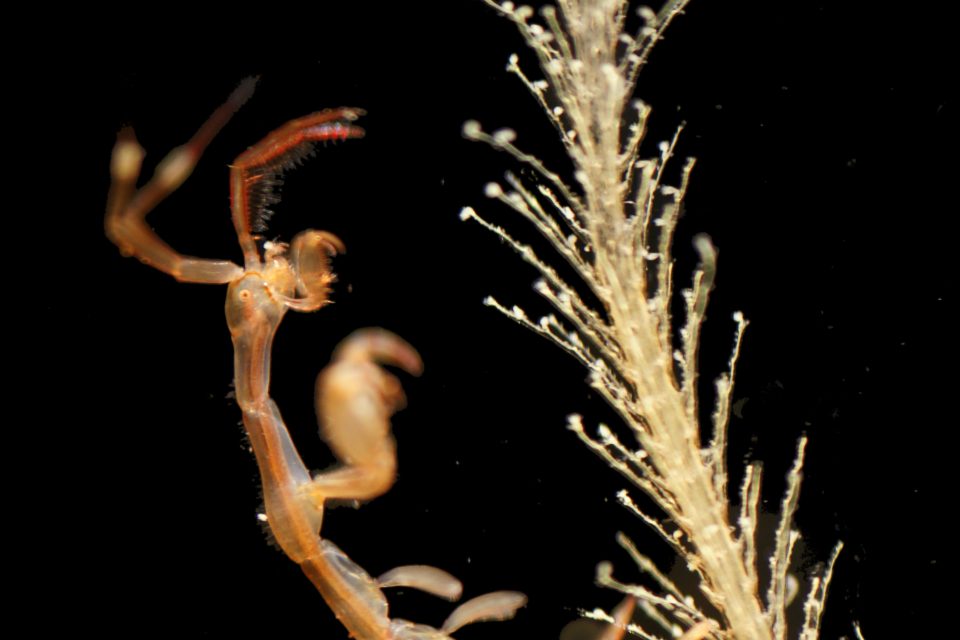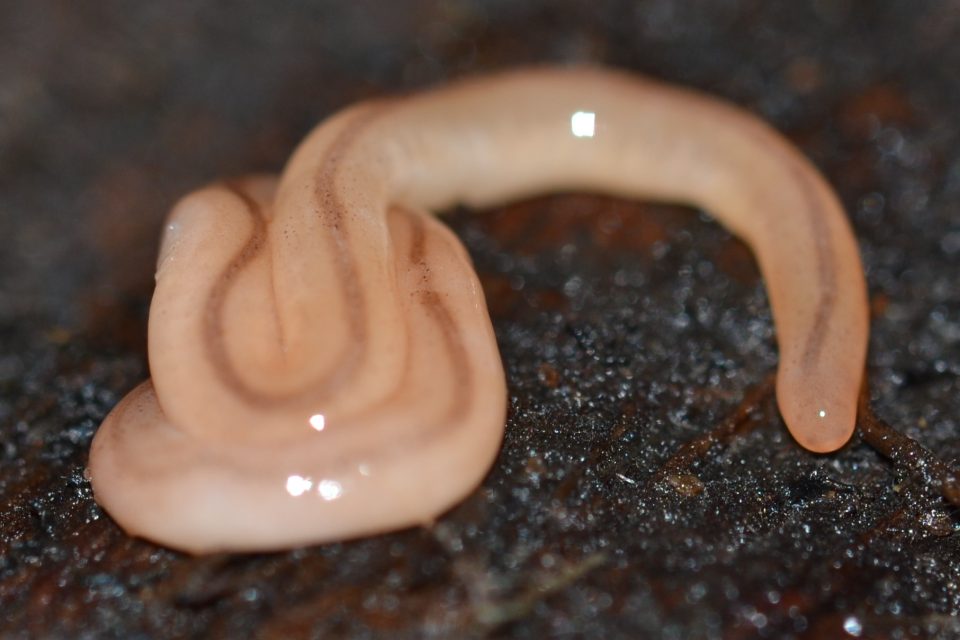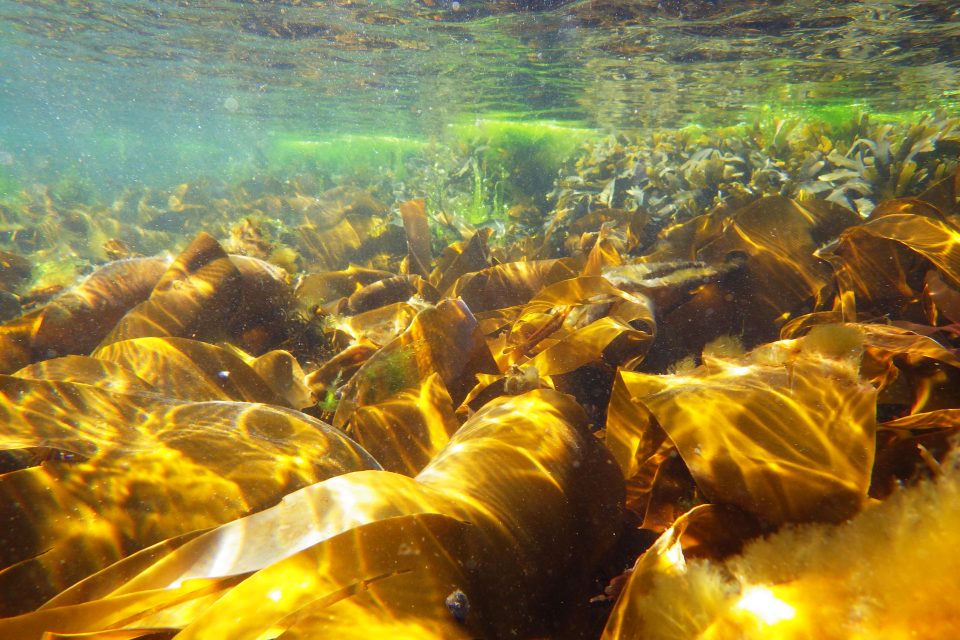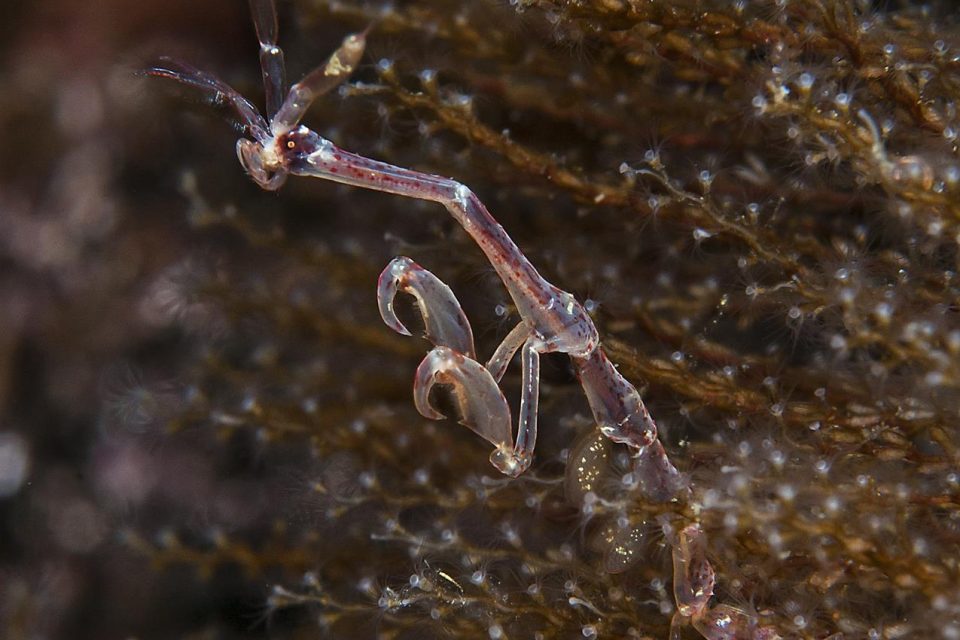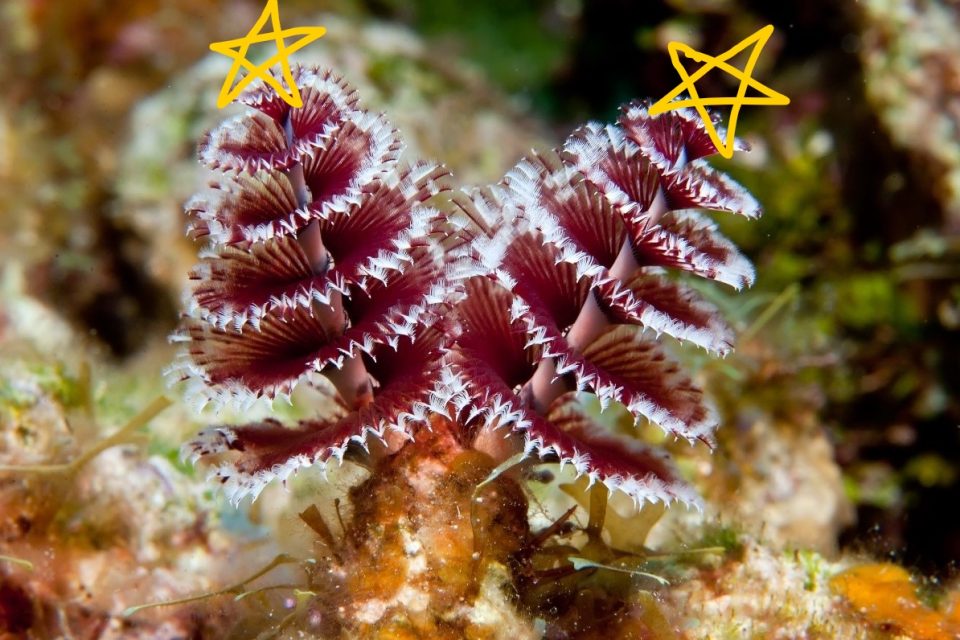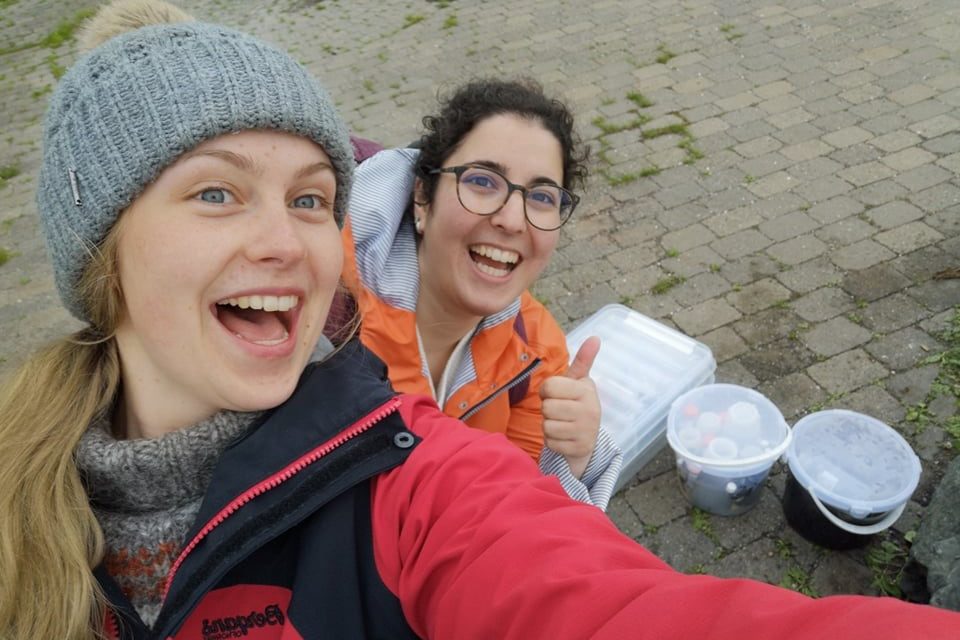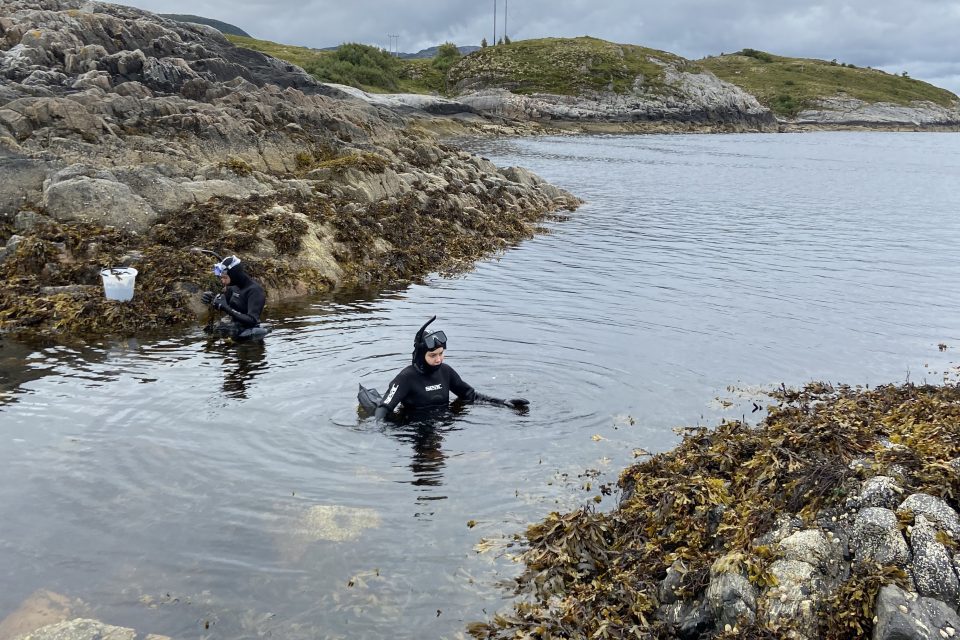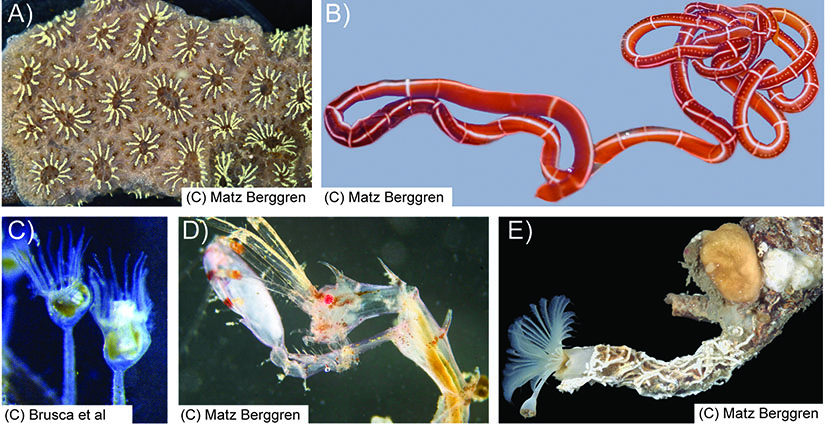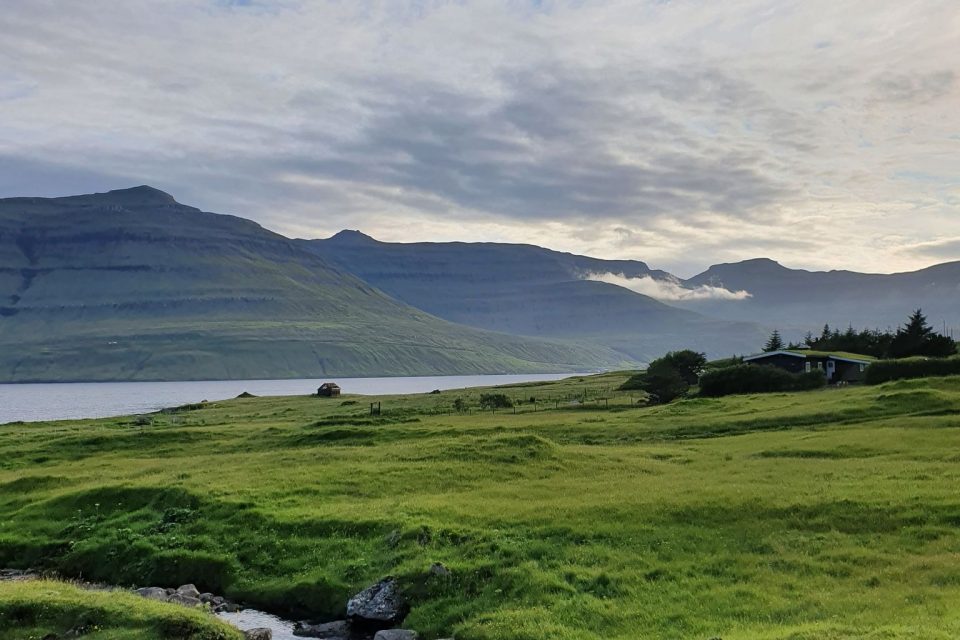
Door 13: The diversity of tasks for a PhD-student at NHM
Today is the 13th of December, as today I have chosen a different aspect of “diversity” namely the diversity of tasks a PhD-student at the Natural History museum can and have to do. Being a PhD-student involves a rollercoaster of emotions and a very diverse, flexible, demanding and […]
